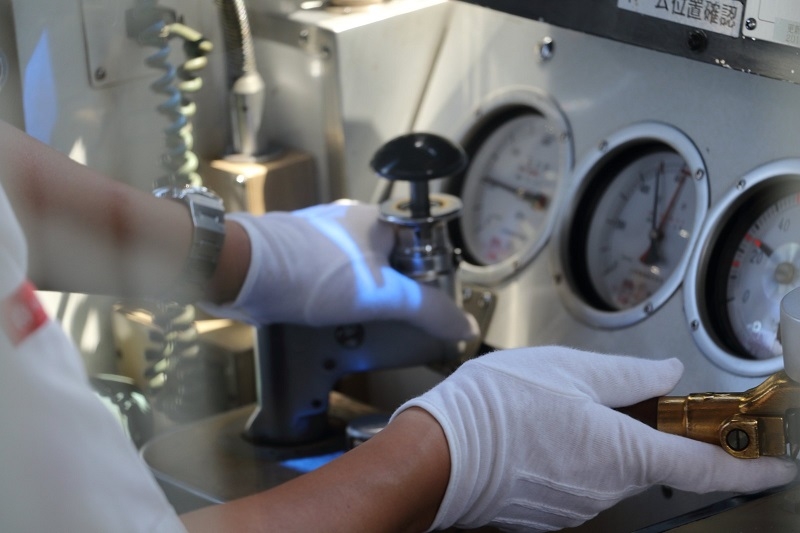Blog
Learn the secret of the safety punctuality and comfort of Japanese railways.
An Advanced Nation in Rail/ Understanding Japan's Common Sense
No.5:Achieving Safe, Punctual Operations
In previous posts, the punctuality and safety of Japanese railways were discussed. Some readers may be interested in how this is accomplished. This article explores transit scheduling, a task essential to achieve safe and punctual transportation.
Transit scheduling supports safe and on-time operations

Transit scheduling is the process of planning for the daily operating schedules of the transportation system. It comprises a wide range of tasks, with timetabling as the core - schedulers (or service planners) define their services through the timetable; passengers depend on the timetable for planning their everyday activities; crew and vehicle workdays are based on the timetable; and transit agency management gauges service quality and operating costs through the timetable.
Resource planning for crew members and vehicles is another important process in transit scheduling. Even if a railway line operates with a timetable that is robust against delays, when an accident occurs, the vehicle must be replaced and the crew must be reassigned. This takes time and makes it more difficult to provide safe and stable transport services. In order to avoid such circumstances, duty plans for vehicle and crews are mutually linked with timetables for optimum functionality in Japan.

In the past, scheduling plans had to be created by hand by professional schedulers who have accumulated enough experience in the railway industry to make good scheduling decisions. However, the time wasted performing menial tasks in the scheduling process (such as inputting data manually) made it impossible for these professionals to fully leverage their skills. To solve this problem, transit scheduling systems improve scheduling work efficiency by delegating the tasks not requiring professional skills to computers. This development enables schedulers to dedicate more time to higher value tasks for improving service quality.
In recent years, as more research is conducted on railways, transit scheduling systems are incorporating new technologies such as optimization algorithms, which allows schedulers to produce significantly better plans more efficiently. This is welcome news, especially for companies or countries that will be constructing more railway lines in the future and have therefore a lack of highly-experienced schedulers. With modern transit scheduling systems, even amateur schedulers, with minimal training, can immediately produce scheduling plans with a quality equaling or even surpassing those made by long-time professionals.
Japanese railways are able to achieve a high level of punctuality (link to No. 2) and safety (link to No. 3) thanks to its commitment to providing high-quality services and the assistance of advanced transit scheduling systems.
In the next article, we will discuss in detail the specific tasks involved in transit scheduling.



